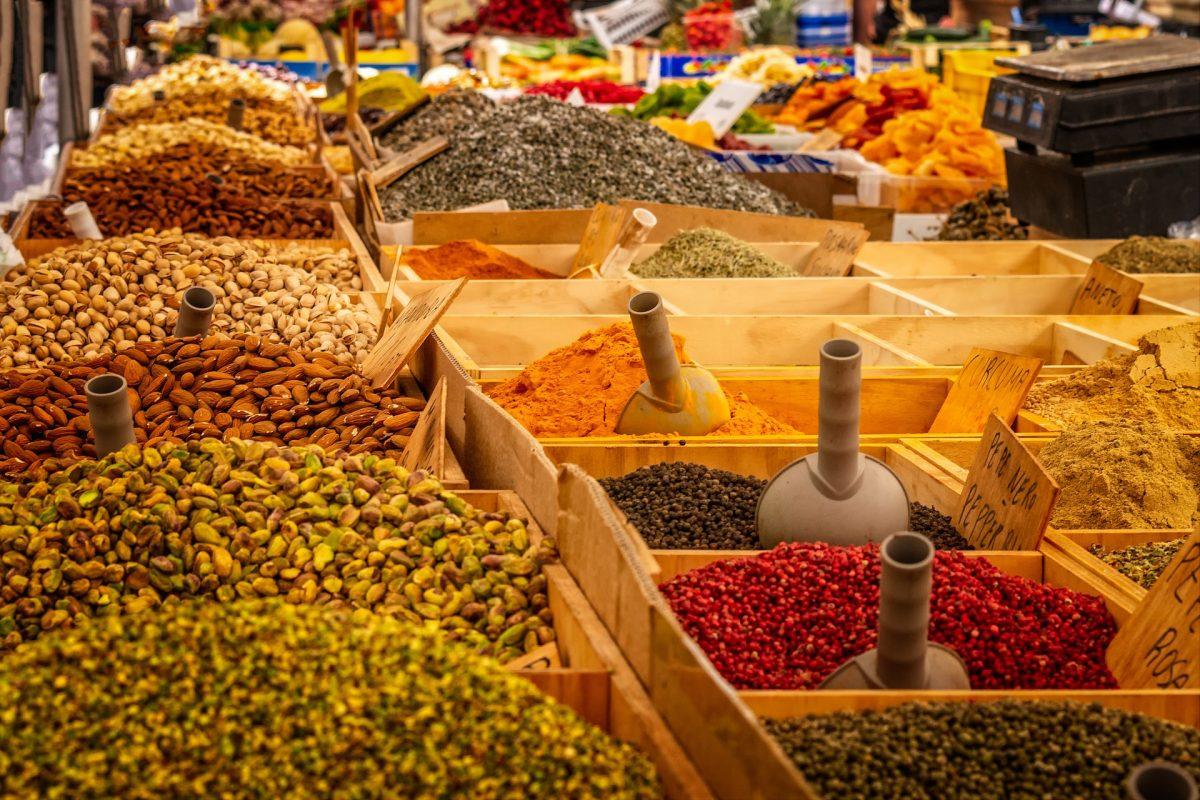As the fall season approaches (and the semester gets busier and busier) here are five ways to improve your nutrition as you transition out of summer and into the cooler weather.
- Stay away from sugary, seasonal beverages
Did you know that a grande pumpkin spice latte with 2% milk and whipped cream has 380 calories, 50 grams of sugar and 8 grams of saturated fat? A healthier option is available by swapping out the 2% milk with almond milk and skipping the whipped cream, but that only reduces the calories to 230, the sugar content to 36 grams and the saturated fat to 6 grams. Consider simply grabbing a coffee or a hot cup of tea on your way to class instead.
- Master the Art of Soup
Nothing is better than having a batch of soup portioned out in the freezer for a quick and healthy grab-and-go meal. Making a big pot of soup every weekend is a great way to enhance your nutrition throughout the week. Soups are perfect because they require very little active cooking time. You can easily prep the soup, put it on the stove, sit down to study and have a huge batch of soup in an hour or two. Be sure to make enough so that you’ll have leftovers for the rest of the week or to freeze for the future.
- Go to a farmers’ market
There are a ton of reasons to go to a farmers’ market. They provide a great hub for learning more about seasonal produce and connecting with your food, all while boosting your health. Typically, farmers will pick produce right before the market so they are fresh and nutrient dense. Remember that the foods you find at your local farmers’ markets will depend on what grows in your area. Some popular fall produce to keep an eye out for during the fall are apples, brussels sprouts, cranberries, grapes, pears, persimmons, pumpkins, mushrooms and leafy greens.
- Pick Up Some Root Vegetables
Yes, you can find most root vegetables at the local grocery store all year round, but they’re at their peak nutrient density (and flavor) in the fall! Keep your eyes peeled for foods like beets, sweet potatoes, turnips, parsnips, carrots, garlic and onion. They are packed with nutrients and flavor – especially during the cooler fall months! You’ll also find that they are cheaper while they are in season so it’s a great economical choice for college students.
- Focus on Whole Grains
Whole grains like barley, brown rice, kamut, spelt and farro are great options for the fall season because they are comforting and filling. Alternatively, there are other foods that are technically seeds but are used to substitute grains like amaranth, wild rice, millet and the ever-popular quinoa. Focusing on grains and seeds is a great way to incorporate good nutrition on a daily basis. Whole, unrefined grains are full of hunger-fighting fiber, which can help you maintain your weight.
Lots of delicious foods are available in the fall, ranging from pumpkin spiced everything to an array of fresh fruits and vegetables. Taking the time to consider these options will lead you to be a healthier and more thoughtful eater throughout the fall.
For questions/comments about this column, email [email protected] or tweet @TheWhitOnline.
























































































































































!["Working with [Dr. Lynch] is always a learning experience for me. She is a treasure,” said Thomas. - Staff Writer / Kacie Scibilia](https://thewhitonline.com/wp-content/uploads/2025/04/choir-1-1200x694.jpg)









































